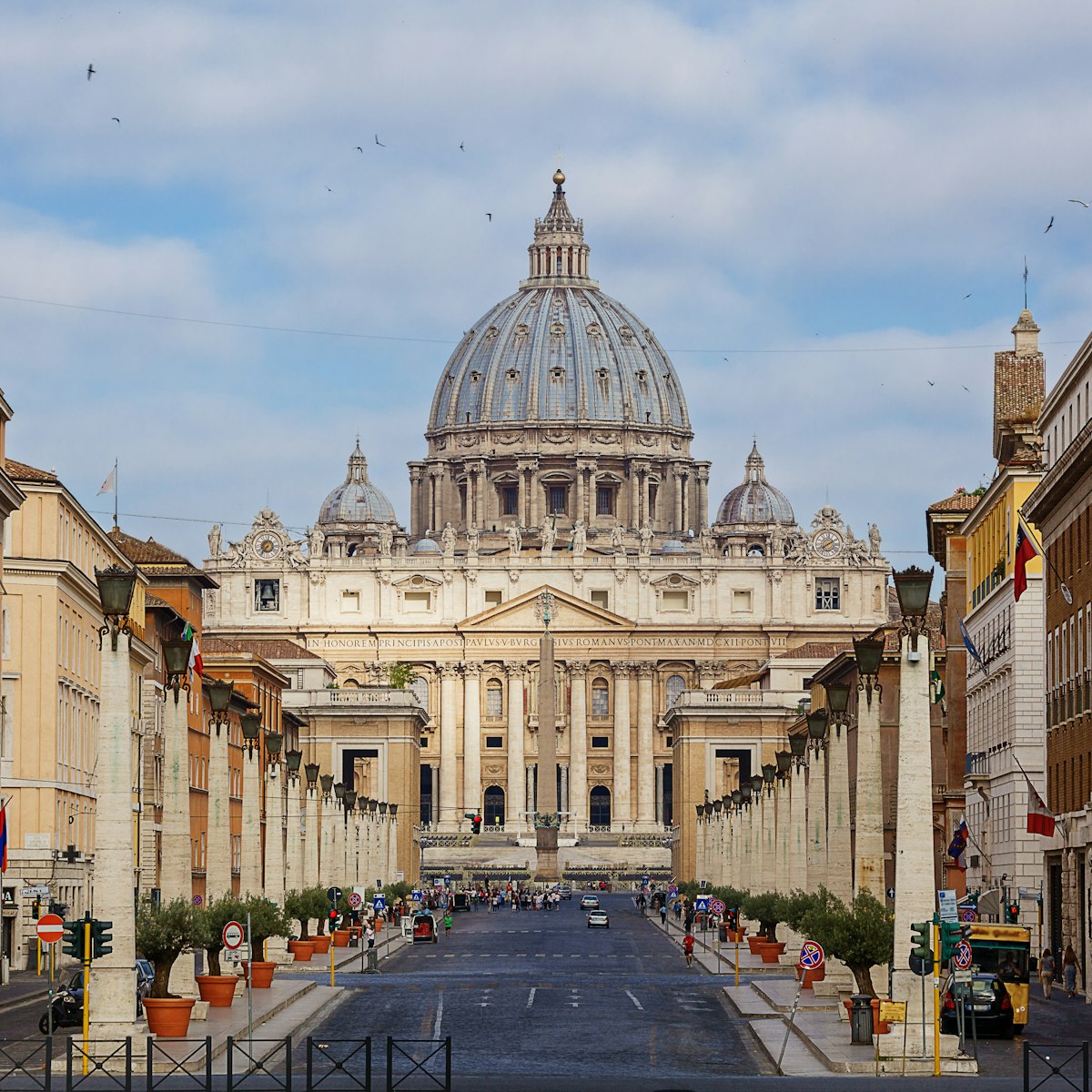Originally known as the 'papal church' due to its proximity to the papal residence on Quirinal Hill, this 17th-century church safeguards the hearts and internal organs of dozens of popes – preserved in amphorae in a tiny gated chapel to the right of the apse. This practice began under Pope Sixtus V (1585–90) and continued until Pope Pius X (1903–14) decided the tradition was not for him. There are good views of the Trevi Fountain, opposite, from the front steps.
Traditionally, before the body of the deceased pontiff was embalmed in preparation for the solemn and elaborate funeral ceremony that would last for several days, the precordia – heart, stomach, intestines and other less-fragrant internal organs – were removed and brought here for sacred safekeeping. Two marble tombstones on the apse wall, to the right of the altar, list the 23 popes whose precordia are preserved here.







